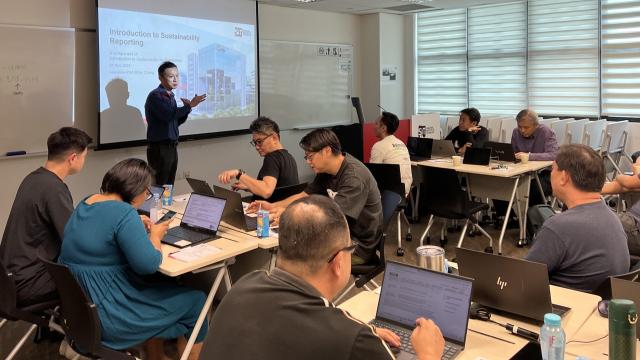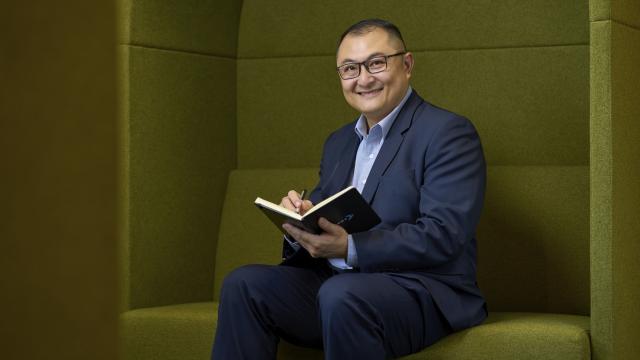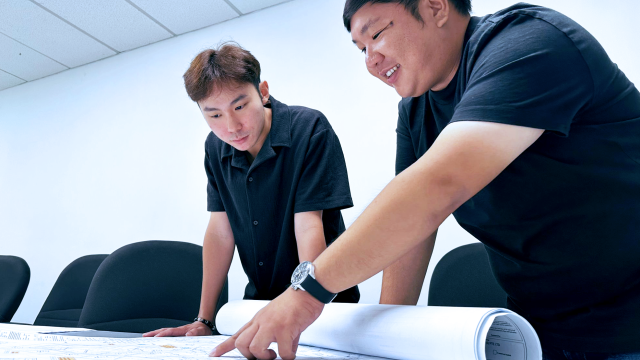
We are living in a digital age and digital technology is transforming every aspect of our life. The number of devices connected to the internet is growing to near 50 billion, a widely cited figure, by 2020. The amount of data is being generated at an unprecedented rate – “Every two days now we create as much information as we did from the dawn of civilization up until 2003”, a popular quote from Google then-CEO Eric Schmidt. In this connected world, telematics is playing an increasingly important role.
The elements that make up telematics are relatively simple — real-time location of a mobile asset, real-time operating data from sensors on that asset, and a two-way wireless communications network that allows real-time exchange of data with central information systems which will process the data into useful information. For a long time, telematics has been closely linked to transportation and automotive industries. With the proliferation of Internet of Things (IoT) and the growing trend towards digitalisation in recent years, it is becoming more widely accepted that telematics can also be applied to broader fields such as manufacturing, building management and healthcare sectors.
Singapore Institute of Technology (SIT) has launched the Bachelor of Engineering with Honours in Telematics (Intelligent Transportation Systems Engineering) in September 2016 with an annual intake of 60 students. The programme is the first of its kind in Singapore with specialisation in intelligent transportation systems (ITS) and automotive engineering. It is a multi-disciplinary programme with the fusion of electrical and electronics engineering, information technology and ITS domain knowledge. Its curriculum has been developed with support from organisations such as LTA, ST Electronics, NCS and Continental Automotive Singapore Pte Ltd.
Keeping in mind that the main goal of this degree programme is to produce industry-ready graduates, SIT has been working closely with the industry, with Memorandums of Understanding (MoU) signed with Continental Automotive Singapore, TUM Asia, National Instruments and collaborative agreement with Rhode & Schwarz. The ITS industry is gaining traction in the new era of connectivity and this growing sector is a unique space for Singapore with the recent onset of Smart Nation and urban mobility initiatives. Ranging from automotive, intelligent systems to transport management, these are the focus areas where SIT students will develop their system-level competencies.

Company visit to Infineon in August 2017
To integrate the SIT education with real-world industry examples, the faculty members, backed by veterans in the domain of ITS and automotive, drive the curriculum towards a practical approach and learning through real products in the market. Students will be able to immerse themselves in different initiatives as part of the curriculum, namely:
1) an innovation initiative - Trend Antenna - together with Continental;
2) an instrumentation display product as part of their laboratory experiment; and
3) hands-on opportunity to experience autonomous vehicles in SIT.
These are the exciting time students can look forward to while developing their competencies for the next generation of telematics and ITS. The first batch of Telematics students will embark on the Integrated Work Study Programme (IWSP) from May 2018, a flagship programme of SIT in which they will be exposed to MNCs, SMEs, and start-ups to gain practical work experience.
Zheng Jianxin, Dan Chia Wei Ming
Faculty members, Singapore Institute of Technology
This article was adapted from The Singapore Engineers December 2017 publication with the permission of The Institution of Engineers, Singapore.



